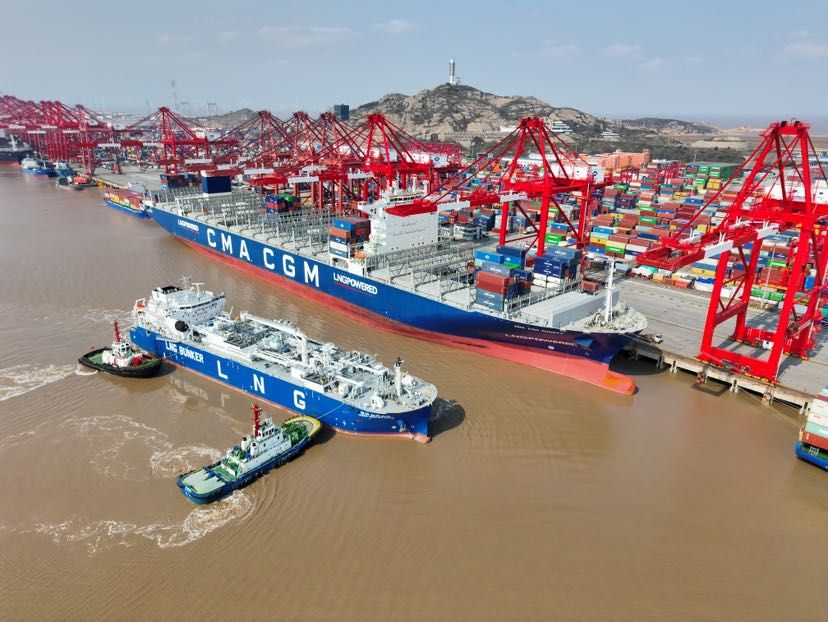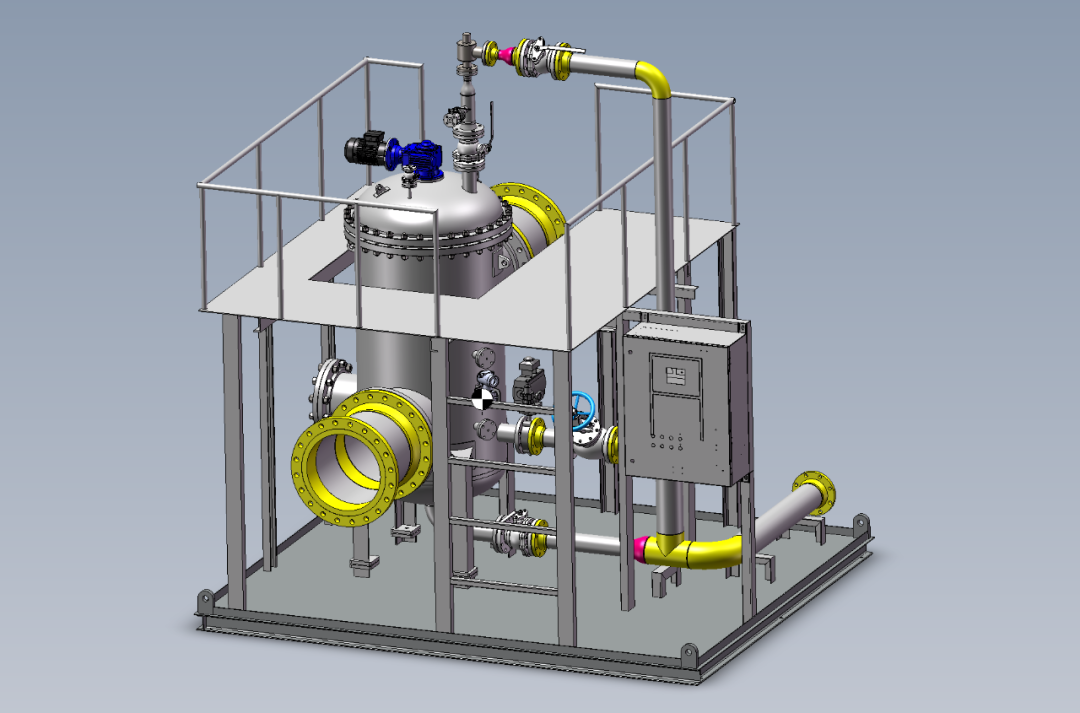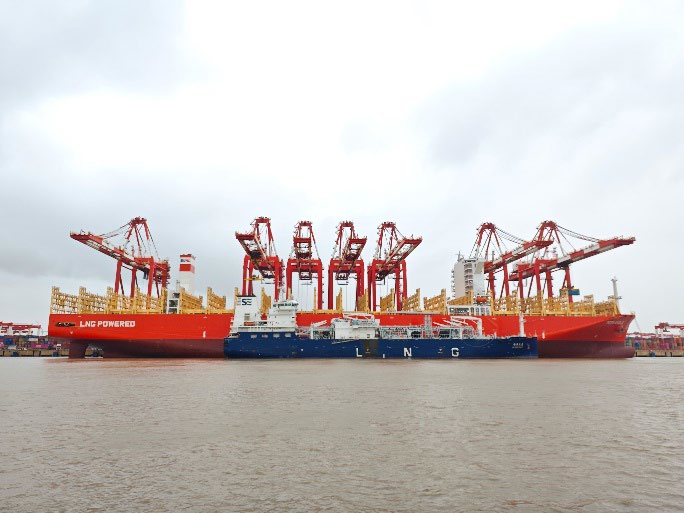
China National Offshore Oil Corp's liquefied natural gas terminal in the southern city of Shenzhen became operational on Wednesday, to help meet China's growing appetite for natural gas as the government sees a growing role for the clean fuel as a major source of energy.
The terminal, with a receiving capacity of 4 million metric tons per year, will be CNOOC's second LNG terminal in Shenzhen and its ninth terminal nationwide.
Analyst said the continuous growth in LNG imports is due to insufficient domestic production and limited pipeline imports, which are unable to satisfy China's growing gas appetite so far.
Imports, led by China's leading LNG importer CNOOC, may witness average annual growth of 17 percent in the 2017 to 2020 period, said Wang Lu, an Asia-Pacific oil and gas analyst at Bloomberg Intelligence.
It is estimated that China's dependence on LNG imports to satisfy gas demand will rise to 30 percent in the early 2020s, she said.
The operation of the Shenzhen LNG terminal will add another 17 million cubic meters of natural gas per day to the country's winter heating supply, according to CNOOC.
CNOOC, as a pioneer of China's LNG sector, built the nation's first LNG terminal in 2006. It now has nine LNG terminals nationwide including Dapeng LNG terminal, Fujian LNG terminal and Zhejiang LNG terminal.
With an annual receiving capacity of 33.8 million tons, accounting for 56 percent of the country's LNG receiving capacity, the company, the third-largest LNG importer worldwide, aims to set up more LNG terminals in Fujian, Jiangsu and Zhejiang provinces while enlarging its current LNG terminal in Tianjin to increase its receiving capacity.
The company said it has imported more than 120 million tons of LNG so far, the equivalent of a reduction of around 400 million tons in carbon dioxide emissions, while it will further diversify its overseas LNG sources to further ensure supplies.
According to Wu Wen, head of CNOOC Gas and Power Group, a unit of China National Offshore Oil Corp, the operation of the Shenzhen LNG terminal will not only provide sufficient clean energy supply for the Pearl River Delta region, but also play a key role in optimizing the country's energy mix and boosting local economic development.
CNOOC has been working to step up construction of its LNG infrastructure facilities in recent years in order to come up with sufficient natural gas resources to meet the growing demand for natural gas in China.
Sources:chinadaily
Please Contact Us at:
admin@xindemarine.com


 WOODSIDE AND CHINA RESOURCES AGREE LONG-TERM LNG SU
WOODSIDE AND CHINA RESOURCES AGREE LONG-TERM LNG SU  Shanghai Yangshan Port Bunkered Two LNG Powered Con
Shanghai Yangshan Port Bunkered Two LNG Powered Con  Headway successfully delivers filtration skid solut
Headway successfully delivers filtration skid solut  Celebrating the Launch of “Green Energy Pearl” –
Celebrating the Launch of “Green Energy Pearl” –  PIL and SSES complete the inaugural LNG bunkering o
PIL and SSES complete the inaugural LNG bunkering o  BW LNG secures e-procurement deal with Procureship
BW LNG secures e-procurement deal with Procureship